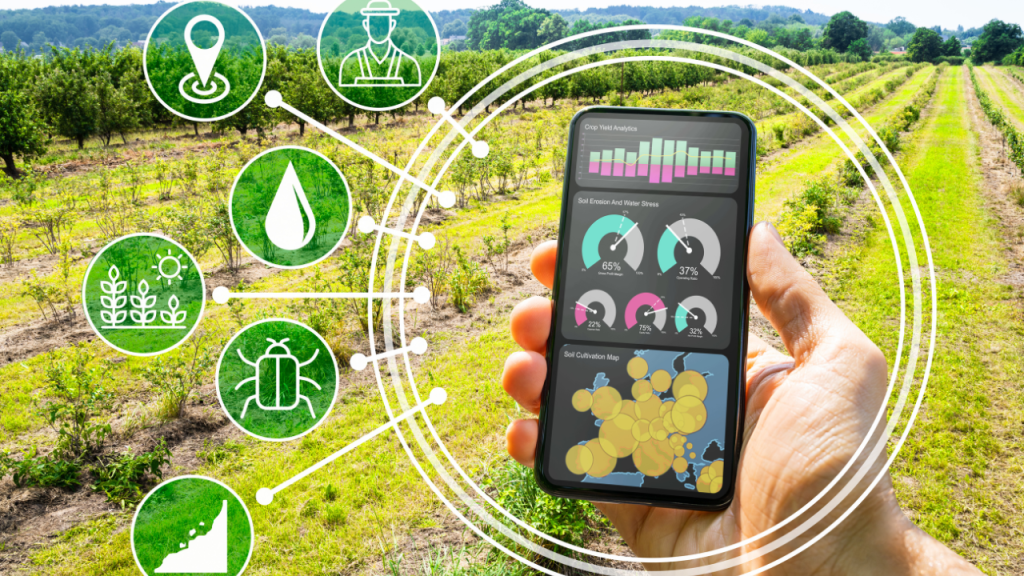In the age of connectivity, social media has emerged as a powerful tool for sharing personal stories connecting with friends, and transforming industries. One of such sector experiencing a digital revolution is agriculture. Here are some compelling situations illustrating how social media is reshaping and enhancing farming practices:
Knowledge exchange and collaboration
A farmer in a remote village is facing an unfamiliar crop disease. Through a dedicated agricultural community on social media, they post pictures and descriptions of the issue. Within hours, farmers from different parts of the world, who have encountered similar problems, provide advice, suggesting remedies and preventive measures. Social media bridges the gap, enabling a global knowledge exchange (Okoli & Schabram, 2010).
Market access and direct sales
Scenario: A small-scale farmer with a surplus harvest struggles to find buyers locally. Through social media platforms, the farmer connects with consumers, local markets, and even international buyers. Direct sales channels reduce dependence on intermediaries, ensuring better profits and market reach (Qiang, Koenig, & Chandrasekharan, 2012).
Weather updates and precision farming
Scenario: A farmer needs accurate weather forecasts to plan planting and harvesting schedules. Social media platforms, often linked with weather services, provide real-time updates and forecasts. Farmers can plan their activities precisely, optimising resources and minimising risks (Anderson, 2018).
Crowdsourced funding for agribusiness
Scenario: A passionate entrepreneur wishes to start an innovative agribusiness project, but lacks initial capital. Social media crowdfunding campaigns allow individuals and organisations to support the venture. A community of backers emerges, providing the financial boost needed to kick-start the project (Li & Zhao, 2015).
Education and training programmes
Scenario: Young farmers or those transitioning to sustainable practices seek training opportunities. Agricultural organisations and experts use social media to host webinars, share tutorials, and provide resources. Farmers gain access to valuable insights and updates, fostering continuous learning (Fountas, Carli & Sørensen, 2015).
Market trends and consumer feedback
Scenario: A farmer wonders, which crops are in demand or what consumers are looking for. Social media provides a platform for farmers to gauge market trends, receive feedback from consumers, and adapt their production accordingly. This real-time information helps in making informed decisions (Hinz & Spann, 2018).
Farm-to-table stories
Scenario: A family-run farm wants to build a connection with consumers, emphasising its commitment to sustainable and ethical practices. Impact: Through engaging content on social media, featuring behind-the-scenes glimpses, eco-friendly practices, and stories of farm life, consumers develop a personal connection with the brand. This transparency enhances the farm’s reputation and marketability (Smith, Fischer, & Yongjian, 2012).
In conclusion, the influence of social media on farming and agriculture extends far beyond mere connectivity. It has catalysed positive change, fostering collaboration, innovation, and sustainability in the agricultural landscape. As farmers continue to embrace these digital tools, the future of agriculture looks promising and interconnected, hence social media is not just a platform; it’s a virtual field where the seeds of agricultural progress are sown and nurtured.



